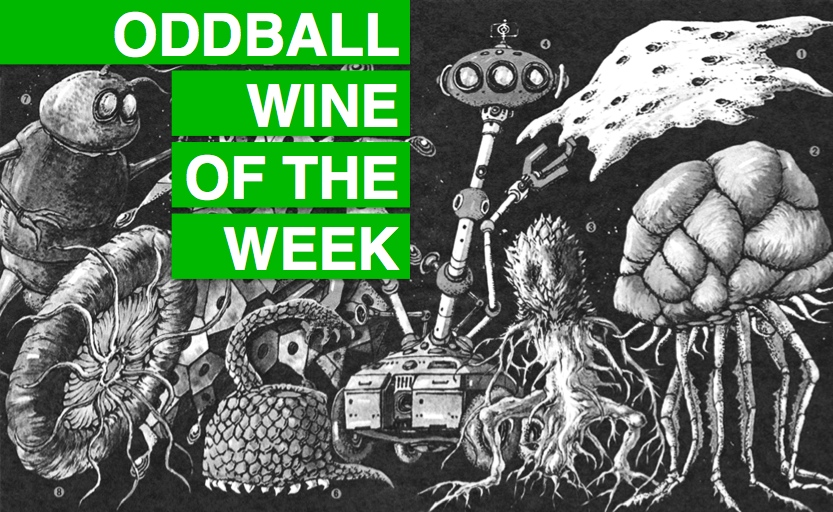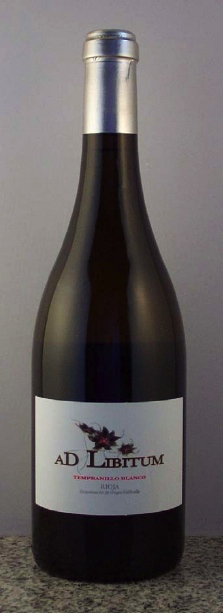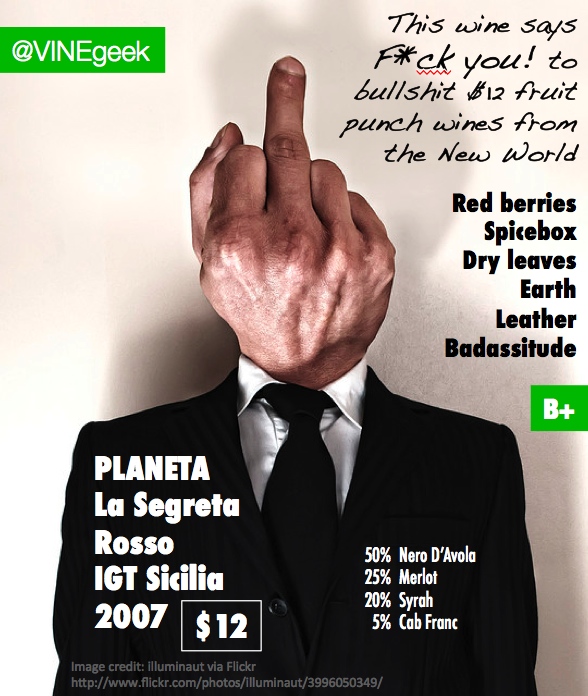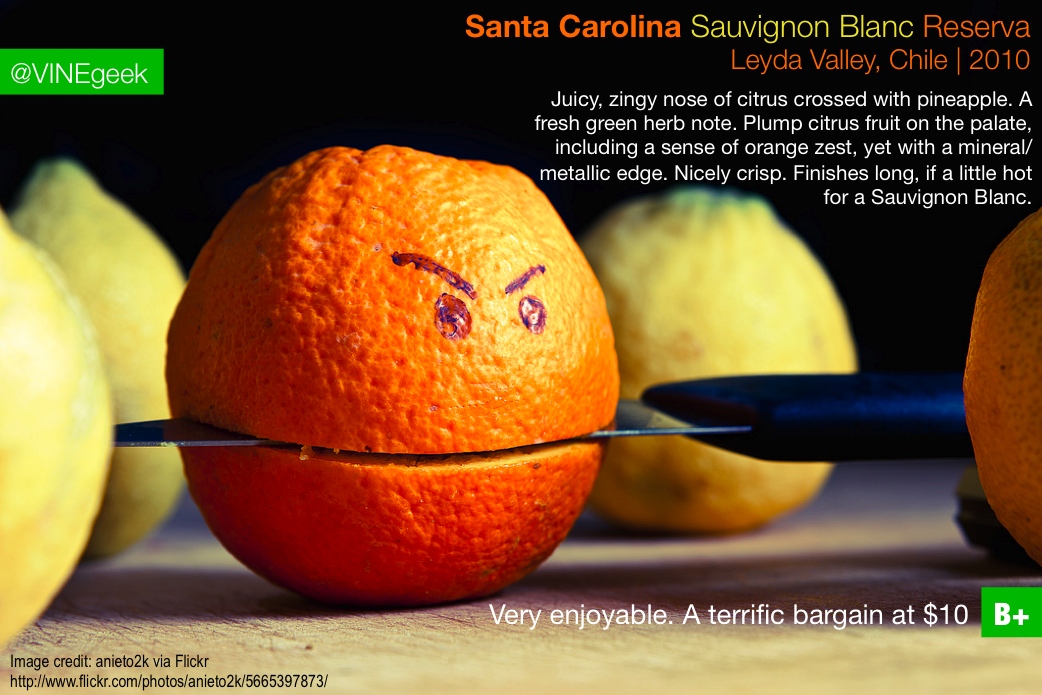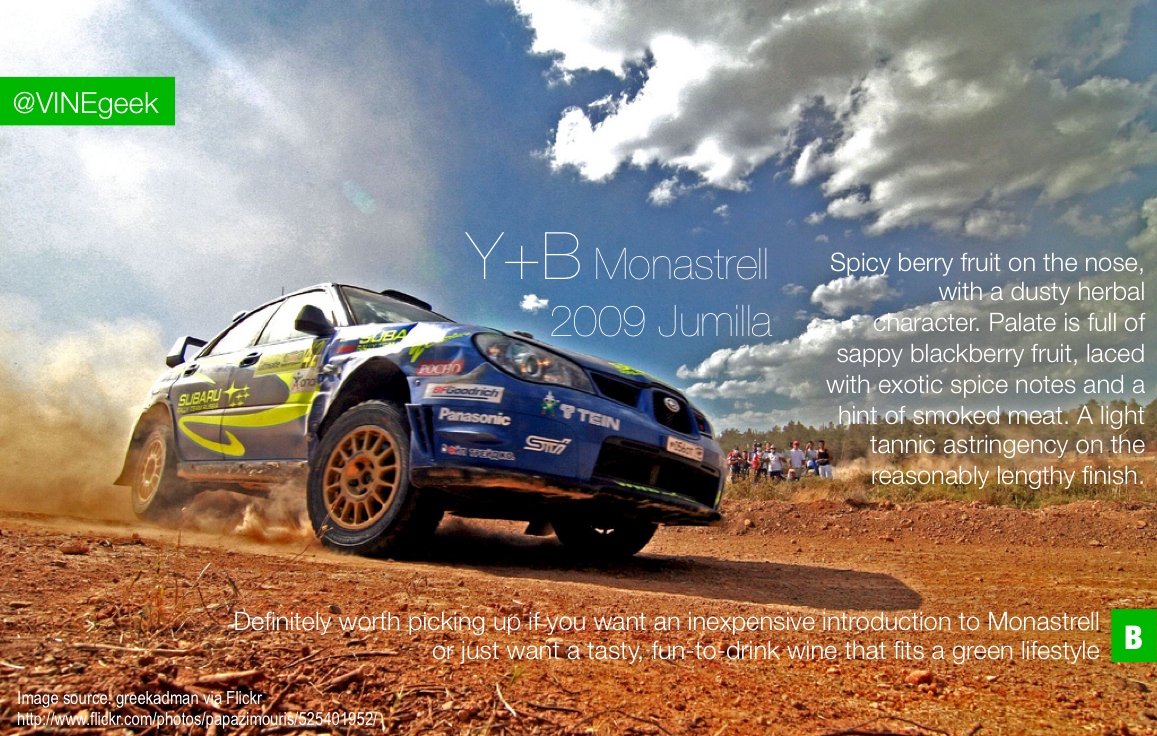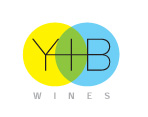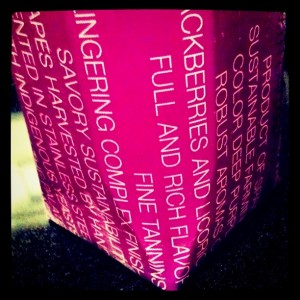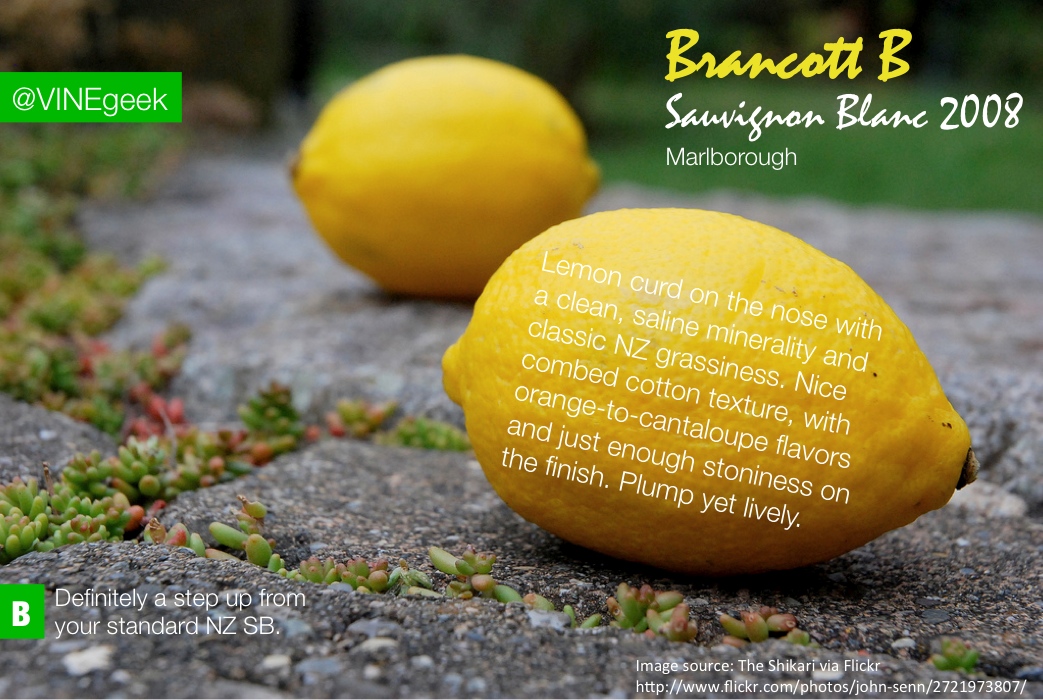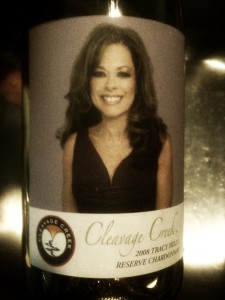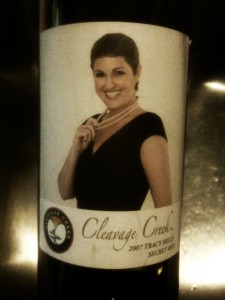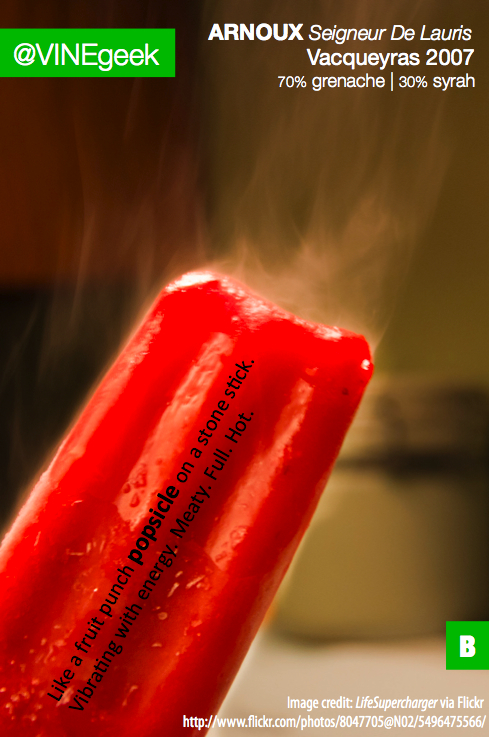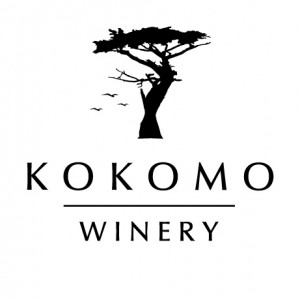 Where is Kokomo? The Beach Boys made us all think there is some beautiful island named Kokomo somewhere in the vicinity of Aruba or Jamaica (“Ooo, I wanna take ya”), or Bermuda or the Bahamas (“come on, pretty mama”). Well, it ain’t true. They made it up. There is a real place named Kokomo, but it’s a factory town (Chrysler & Delphi) in Indiana. Why do I know this? My wife is from this little burg, and let me tell you – it’s no tropical island.
Where is Kokomo? The Beach Boys made us all think there is some beautiful island named Kokomo somewhere in the vicinity of Aruba or Jamaica (“Ooo, I wanna take ya”), or Bermuda or the Bahamas (“come on, pretty mama”). Well, it ain’t true. They made it up. There is a real place named Kokomo, but it’s a factory town (Chrysler & Delphi) in Indiana. Why do I know this? My wife is from this little burg, and let me tell you – it’s no tropical island.
So why the hell am I talking about Kokomo? Well, it turns out there is a winery by that name as well. It’s not in Indiana; rather it’s a Sonoma-based winery started by a guy from Kokomo, Indiana. These fine folks sent me a couple of bottles of their wine to try. Would they smell of tanning lotion or transmission fluid? Hopefully neither. Let’s check them out.
Kokomo Petite Sirah Dry Creek Valley 2008
Tasting notes: Some enticing woodsy, herbal scents get my attention on the nose. The palate delivers inky dark berry and plum fruit (like a pen leaked in your mouth). It’s a little warm and a little oaky, but not a fruit bomb. There is a tightly-wound, metallic core and a slightly sinister quality.
Overall impression: An intriguing wine that I enjoyed drinking and contemplating. B+
Price: $25-30
…
Kokomo Zinfandel Sonoma County 2008
Tasting notes: A bold, fruity nose, accented by woodsmoke aromas. On the palate, the wine brings dark berry and plum flavors similar to the Petite Sirah, but sweeter and riper. The mouthfeel is polished and almost plush. A bit of peach skin and a light peppery bite at the end add interest.
Overall impression: If you like ‘em fruit-forward, I think this is a bottle you’d like. It’s well-made and shows off some character. B/B-
Price: $25-30
…
I found the Petite Sirah a bit more compelling, but both are good wines. So if you want to get away from it all … Kokomo may be just the getaway you need.
Disclosure: The wines were provided to me as press samples by the winery.
